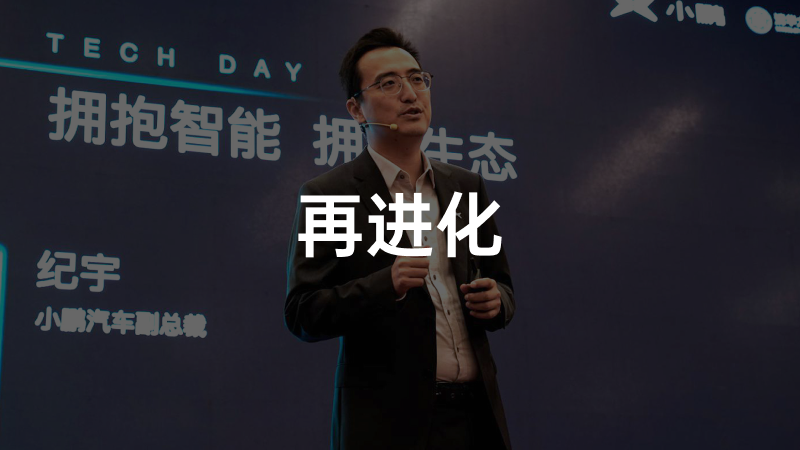There are 10 days left until the 1024 Intelligence Day of XPeng this year, but discussions about 1024 during tea breaks in the office have been increasing.
It is surprising to start discussing the release event 10 days in advance amid such a high-density release activity.
Although it is surprising, it is also extremely reasonable.
This is already the third year that XPeng has held the 1024 Intelligence Day. Every year on this day, XPeng shares its thinking on future intelligence and releases some of its research and development results in intelligence.
As the leader of the entire industry, XPeng’s release event is not only watched by consumers, but also by many car company researchers. The new highlights this year are also the most concerned by our editorial department.
Yesterday, XPeng released the first poster for 1024 on Weibo. In addition to NGP on city roads, which everyone guessed, there seems to be something new at this release event.
What new trends will there be in 1024 this year?
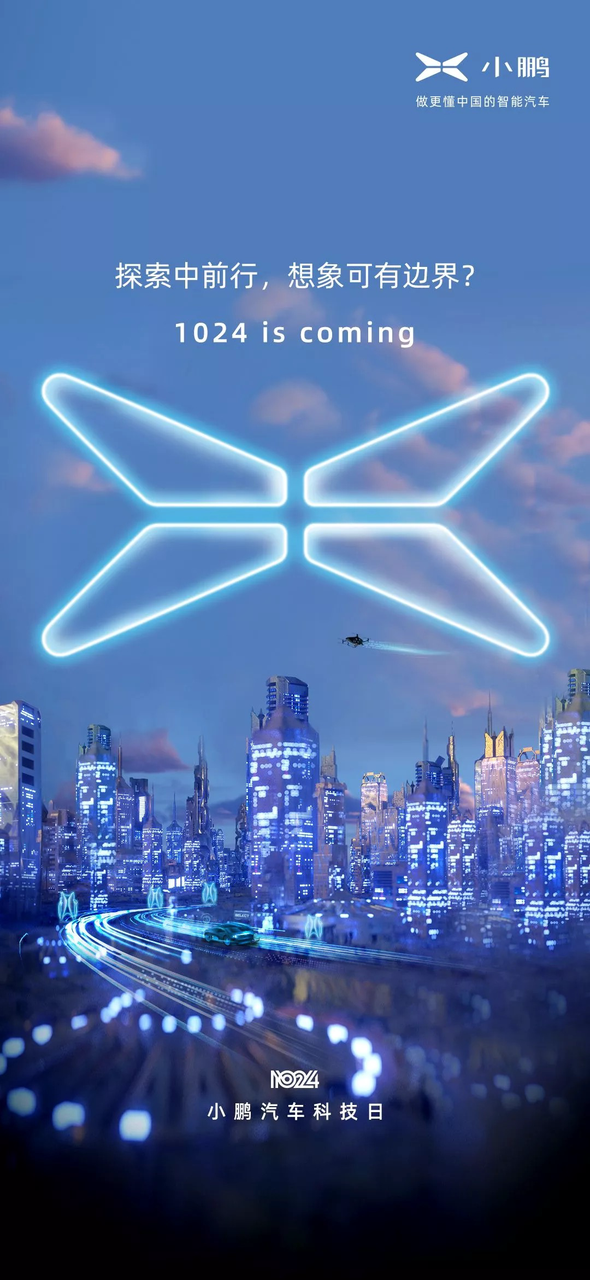
Let’s talk about one subtle but important change first.
In last year’s poster, XPeng defined 1024 as “Intelligence Day,” but this year’s poster has quietly changed to “Technology Day.” Obviously, intelligence requires a carrier, and technology has a greater imagination space. That’s why we can also see many things other than cars on the poster.
City NGP requires both software and hardware
From the poster, it is not difficult to see that buildings occupy more than half of the area of this poster, and there are vehicles shuttling through the buildings. It seems that XPILOT 3.5 city NGP has become a foregone conclusion at the 1024 Intelligence Day.
Looking at the development trend of assisted driving, urban roadway navigation assistance has become a very clear direction. Domestic new forces have already abandoned the L1, L2, and L3 defined by SAE, and are making efforts to provide users with a wider range of use.
Although the trend is clear, XPeng’s additional advantage is “time”.
When XPeng launched the G3 in 2018, it had already started betting on the automatic driving arena and insisted that assisted driving needed to be “self-developed”. The early technological forward-looking decisions have allowed XPeng to enjoy more dividends from time.
In fact, during the P5 test drive activity a month ago, we already saw the hardware supporting city NGP. Compared with the hardware parameters of XP 3.0, the P5 with XP 3.5 only had two more DJI Livox LiDARs.The function of LIDAR is to use a laser grid to create a 3D depiction of surrounding environments. Compared to millimeter-wave radar detection, LIDAR is more precise and effective at identifying small targets such as ice cream cones. Furthermore, LIDAR has lower requirements for lighting enabling effective detection even in poor lighting conditions when compared to cameras.
These two spinning prism solid-state LIDARs operate at a wavelength of 905mm and can detect up to 150 meters at 10% reflectivity. In addition, they have a horizontal field of view of around 120 degrees and an azimuth of 80 degrees, offering an equivalent point cloud density of 144 line LIDAR. From a hardware perspective, these LIDARs are not particularly eye-catching.
However, based on the autonomous driving logic developed by XPeng Motors, it can be seen that the main sensor is still the camera while the LIDAR is for safety redundancy and is not the main sensor.
Of course, looking at the hardware data alone is meaningless, as ultimately the actual driving experience is what counts. XPeng Motors released a video of their urban NGP demonstration in September of this year. The video is not particularly exciting, but it does demonstrate the capabilities of the NGP, such as the ability to effectively identify unprotected left and right turns, bicycles occupying the road, and cars suddenly changing lanes. The addition of high-precision maps for urban areas also makes vehicles more intelligent on complex road conditions.
According to current information, the hardware data for the XP 3.5 has not changed significantly except for the two LIDARs, and the chip still uses the 30 TOPS NVIDIA Xavier.
So, from a hardware perspective, the P5 does not have many highlights compared to the upcoming model planned for release next year. However, the exceptional driving experience of the high-speed NGP tells us that XPeng Motors is currently the car company that understands Chinese road environments the best, thus raising expectations for the urban NGP driving experience as well.
Furthermore, the lack of significant highlights is due to the lower cost. XPeng Motors sells the same features at a lower price, so it is also a kind of “downsizing blow”.
On the poster, XPeng’s self-built supercharging station can be seen along both sides of the road.
This year, XPeng Motors has built a large number of self-built supercharging stations in cities, highways, and remote areas. Although the expansion is an inevitable trend, simply announcing a policy for expansion is not enough to satisfy the audience’s appetite or fit the theme of “technology” from the perspective of science and technology day.
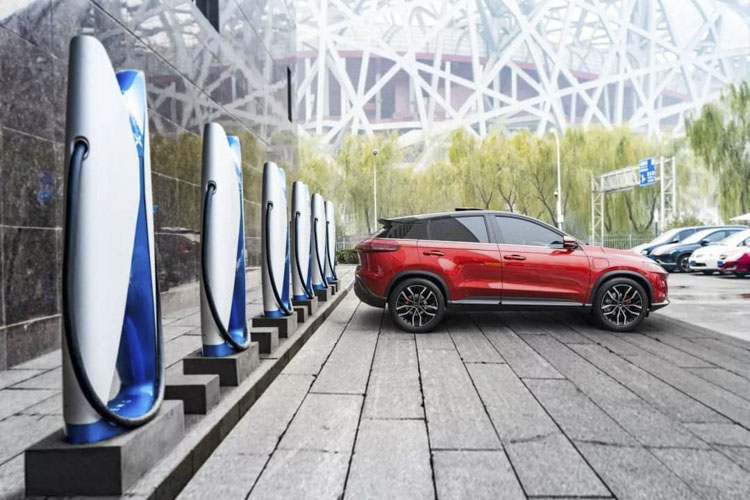
From the prospectus of XPeng Motors’ listing on the Hong Kong Stock Exchange, the next model will be a mid-to-large-sized SUV based on the P7 platform. The current battery capacity of P7 has already reached 80.9 kWh. Considering the higher energy consumption and larger body of SUVs, the battery capacity will inevitably reach a new height.
However, XPeng’s current generation of superchargers has been released for more than three years, and the 90 kW supercharger is difficult to say how many technical advantages it has. Meanwhile, emerging companies such as Voyah, Ideal, and Zeekr have already released faster charging speeds or updated charging technologies.
Here, I also make a bold guess that the supercharger will be further iterated on this year’s Technology Day for XPeng’s next model. You can also share your charging and energy replenishment experience in the comments section.
Technology May Be More Than Just Cars
The other half of the poster is the sky. In the vast sky, the black aircraft is exceptionally dazzling.
Unless something unexpected happens, this is the Huitianlv Hangzhe X2 that XPeng previously exhibited at the Zhuhai Airshow. This is the third flying product launched by XPeng after T1 and X1 aircraft.
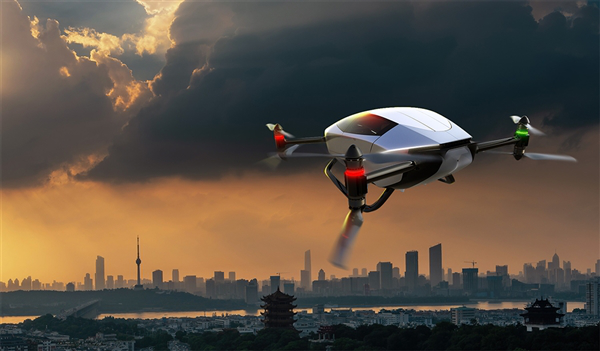
Starting from the Guangzhou Auto Show in 2020, He XPeng began to bring these planes to the exhibition. Looking at this concept from the current point of time, most people would think it is impractical. Although on rainy Monday mornings when stuck in traffic jams, I had more than once thought that it would be great if my car could fly, I also believe that my idea does not have any possibility of being realized.
It is too early to deny this innovation now. After all, every great demand has two characteristics: one is that people will say it is a great demand but impossible to achieve; the other is that people will say they do not have this demand.
Looking Back
To be honest, every time XPeng announces these novel things, it makes me amazed, but I cannot help but wonder, “Will this thing be useful?”
Unfortunately, I am not a prophet, and I do not know whether XPeng can bring seemingly advanced features into everyone’s daily life.
However, I can look at the present from 1024 last year and see how many surprises XPeng brought to us at the release conference last year have been realized.The daily speech usage rate is 93.2%, which was the answer given to us before October 24, 2020. However, after 1024, speech usage rate is no longer just a functional data for XPeng, but has become a form of interactive data.
With the release of V 2.1.0 full-scene voice interaction, XPeng has taken the lead in intelligent cockpit technology. Voice control has been elevated from an “operational tool” to an “interactive logic” at the same level as touch and press controls. I was quite surprised by the accuracy of voice control, such as opening the car window by 1%, filtering voice information points by saying “read” to select the “I have read and understand the above risks” function in the usage notice, and continuous use of voice, which allows the vehicle to understand the contextual content.
It is not that these operations are particularly common or extraordinary, but this logic really subverts the past idea that voice can only be used to provide functional services for certain scenarios. Instead, voice has been integrated into the control center, allowing drivers to use their mouths instead of touch interaction, which is difficult to use during driving.
Returning to the present, the new forces of Ideal and NIO began to launch their own full-scene voice functions in September. Even with the updated Aspen 3.0, NIO’s NOMI experience of continuous voice is less comfortable than that of XPeng, and there is still a feeling of communication gap with the machine. The functions of the Ideal Student in version 2.2 are also only following in the footsteps of XPeng.
We can see that after XPeng launched full-scene voice, NIO and Ideal also successively launched this feature. Either their research and development progress is slow or they did not judge the trend correctly and only followed suit after seeing others had it.
In terms of assisted driving, although the High-Speed Navigation Assistance, which was launched only on 1024 last year, was not the earliest in China, Tesla’s NOA and NIO’s NOP were already introduced before XPeng. However, from the final results, XPeng’s advantage in time is continuously expanding.
From the data tested by 42Mark, the actual experience of XPeng P7, especially compared to the NIO ES6, which also uses high-precision map navigation assistance, scored higher. In actual use, the P7 with high-precision maps is much better than the purely sensor algorithm-based Tesla and can more accurately judge and make decisions in complex entry and exit ramps.Looking back, we can see that at last year’s 1024 event, XPeng Motors released its whole-scenario voice and high-speed NGP assisted driving, achieving not only absolute leading time, but also accurate judgement of technological trends.
Comparing with the release time of other manufacturers, it is not difficult to see that XPeng has actually set the pace for the competition of the new forces in the cockpit and assisted driving, intensifying the PK of multiple rounds throughout the year, and also affecting the acceleration of investment in technology by the other two companies.
Should we be optimistic or pessimistic?
To be honest, when writing here, I suddenly thought of a mobile phone brand that I once loved very much — “Smartisan Technology“. The functions of the mobile phone released by Luo Yonghao in 2017, such as the big bang and one-step function, can now be seen on current mobile phones slowly, and even the TNT (Touch And Talk) function that he promoted vigorously at the Beijing Bird’s Nest is now being implemented in today’s car systems.
Luo Yonghao was actually quite ahead of his time, as is XPeng. To become an industry leader, naturally it needs to have enough imagination and technical ability, and more importantly, to bear a certain amount of trial and error costs.
XPeng has suffered losses in the G3 roof camera, although the function is cool and can see the vehicle surroundings from all sides. But due to its unique shape and non-existent user demand, it eventually quietly exited the stage of history. And the touchpad buttons on the steering wheel of P7, adopted for more tech futurism, also caused some inconvenience in use.
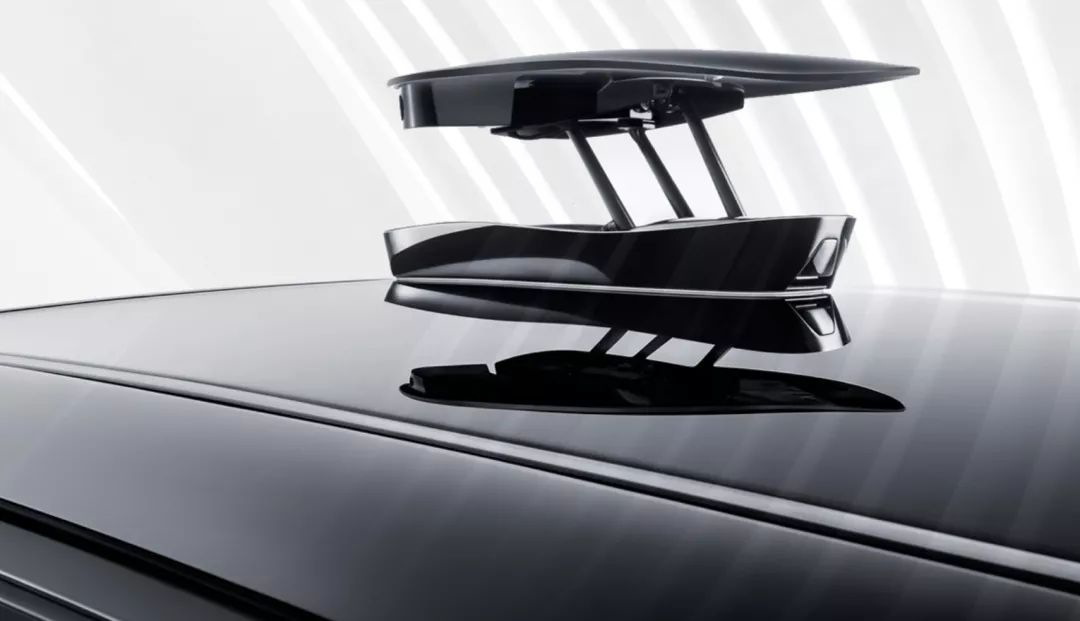
But everything has two sides. Radical ideas and creativity should bear corresponding risks.
Of course, we should not “spit out the food we have already swallowed”. It can be seen that this company is still in a period of vigorous development with various creative ideas for future travel. As a brand new company, XPeng can create all kinds of crazy possibilities in a new environment, and can do some creative ideas that stable companies cannot do. This story is very much like a warrior challenging a giant dragon. Without the attempts of these innovative companies, how can anyone know whether this road is feasible or not?
Moreover, XPeng is not actually flying high. They have an attitude of gazing at the sky for the future, but they are still down to earth for now. Cars are still made for human use, and all intelligent functions are also dedicated to serving the driver.
But at present, XPeng is facing more realistic problems. NGP and whole-scenario voice are being caught up by everyone slowly. City NGP is a tough bone to chew, and how long we can keep the gap, and how long this window of time is, are the problems that XPeng is facing.
Microphone to XPeng on 1024 Technology Day.
This article is a translation by ChatGPT of a Chinese report from 42HOW. If you have any questions about it, please email bd@42how.com.
